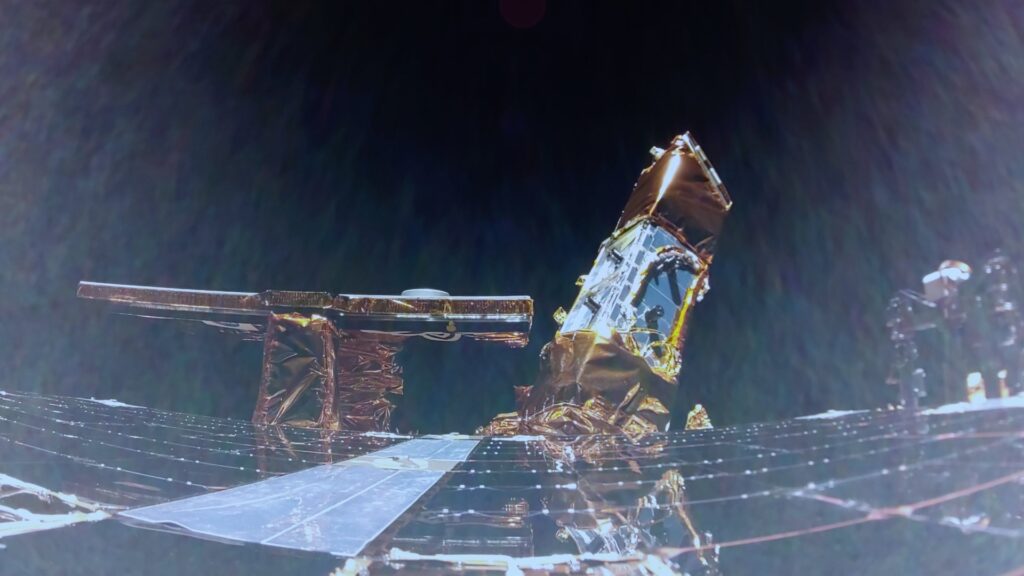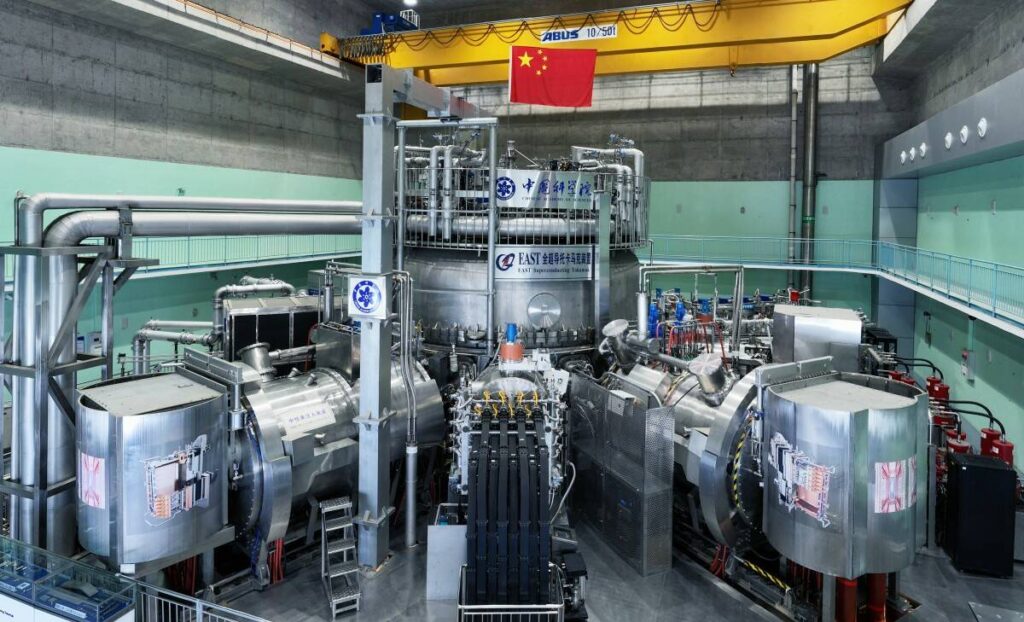Atmos Space Cargo appoints Garver as strategic adviser

Atmos announced Dec. 10 that it appointed Lori Garver to its advisory board. Garver, who served as deputy administrator of NASA from 2009 to 2013, is a longtime advocate for commercial space activities, including her time as deputy administrator when NASA was starting the commercial crew program.
“NASA’s plan to reduce space transportation costs by leveraging private investment was never about supporting a single company or sector,” she said in a statement. “Lowering the barrier to entry for commercial space projects was designed to stimulate a range of activities in the space domain, and life sciences research has always been of particular interest to me.”
Sebastian Klaus, chief executive of Atmos Space Cargo, said in an interview that he first met Garver in 2012, when he was a student at the International Space University’s summer program at the Kennedy Space Center and Garver came to give a speech. “She was the one pushing at NASA to make commercial cargo and then commercial crew come true, and so she was one of my early heroes,” he recalled.
He said they met again later through one of the investors in Atmos, OTB Ventures. “We share the same mindset,” he said, “and I think she’s going to be very helpful in helping us to enter the U.S. market.”
Atmos is currently developing Phoenix, a reentry capsule capable of returning up to 150 kilograms of cargo from orbit. The company is working on a first test version of Phoenix planned for launch next year, and Klaus said the company would reveal more details about that initial mission in the coming weeks.
The company is pursuing four markets for Phoenix. He said they are seeing interest in the spacecraft for life sciences and in-space manufacturing applications, where it flies experiments for commercial customers. Another market is flying payloads for civil space agencies. A fourth market is defense “dual-use applications,” he said, such as orbital depots and point-to-point transportation.
While there is interest in Europe for commercial and civil applications of Phoenix, he noted that the defense market could become the largest customer for the vehicle, but one that requires the company to look to the United States. “The only nation that is really investing heavily into this right now is the U.S.,” he said of defense uses. “This is why the U.S. market entry for us is very important.”
Several other companies are pursuing reentry vehicles, including Varda Space Industries and Inversion Space. Klaus argued that Atmos has an advantage in its technology, which uses an inflatable heat shield similar to what NASA tested in 2022 with the LOFTID technology demonstration and which United Launch Alliance has proposed to use to recover the engine section of its Vulcan rocket.
“You can transport more payload mass,” he said of inflatable technologies. “You can also transport cargo that has irregular shapes.”
In Europe, Atmos is racing against The Exploration Company to be the first startup there to return a payload from space. However, while The Exploration Company, which raised $160 million Nov. 18 to fund development of its Nyx vehicle, is working on spacecraft that can transport cargo and potential crews to commercial space station, Klaus said Atmos is focused for now on standalone missions.
“It makes everything much more complex,” he said of vehicles designed to dock with space stations. “We want to enable cost-efficient manufacturing and experiments in space. As soon as you put astronauts and space stations into that equation, things tend to get very expensive.”
That approach led Atmos to partner with Space Cargo Unlimited, another European startup, on a line of microgravity research missions called BentoBox the companies announced Dec. 3. The first mission is scheduled for late 2025, with six others to follow through 2027.
Atmos also announced Nov. 19 a contract with Latitude, a French launch startup, for five launches a year of Latitude’s Zephyr rocket from 2028 through 2032. Each launch will place a Phoenix spacecraft into low Earth orbit.
Klaus said his company plans to do one or two launches in 2025, ramping up to monthly launches as soon as 2028. “What we really want to achieve is to be able to go up and down again on a very regular basis, because that’s what enables a lot of these use cases,” he said. By 2028, he added, the company will consider a larger spacecraft.
Atmos has raised eight million euros ($8.4 million) to date, which has been sufficient for the company to develop its initial version of Phoenix. “We are extremely capital efficient,” he said. The company is now working to raise a Series A round of about 15 million euros.
Discover more from Tamfis Nigeria Lmited
Subscribe to get the latest posts sent to your email.



 Hot Deals
Hot Deals Shopfinish
Shopfinish Shop
Shop Appliances
Appliances Babies & Kids
Babies & Kids Best Selling
Best Selling Books
Books Consumer Electronics
Consumer Electronics Furniture
Furniture Home & Kitchen
Home & Kitchen Jewelry
Jewelry Luxury & Beauty
Luxury & Beauty Shoes
Shoes Training & Certifications
Training & Certifications Wears & Clothings
Wears & Clothings
















